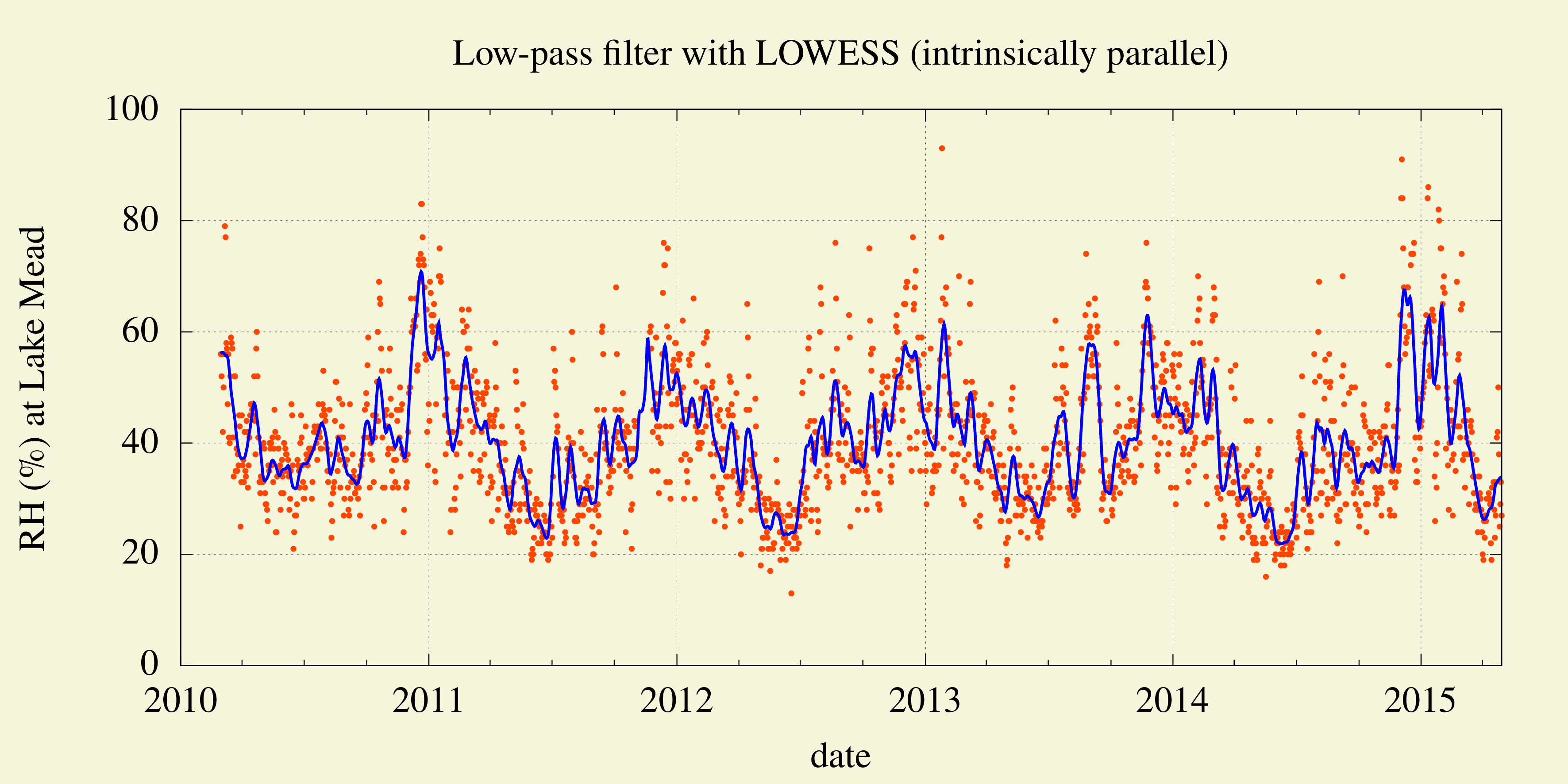Software
Table of Contents
This site is searchable. See HELP on the right (you may need to click around a few times until HELP shows up).
1. Chapel programming language
1.1. Desk dot chpl

As I have argued in my 2022 CHIUW talk (you can watch the video here), Chapel is rather usable as a general purpose programming language on the desktop for (in my case) engineering and scientific research, and is now my main language, substituting Fortran, C and Python. I am putting my personal Chapel modules under the GPL license. Note that these are not professional routines, but unpretentious stuff that I have found useful enough to put into modules for re-use. I cannot guarantee that they are bug-free. At any rate, here they are:
- ada
- "attached domain arrays" can be used as arguments in first-class functions: ada.chpl
- angles
- from radians to decimals and the other way around: angles.chpl
- atmgas
- atmospheric gas properties and manipulation: atmgas.chpl
- dgrow
- grow an array to fit an index: dgrow.chpl
- evap
- procedures to calculate evaporation in hydrology: evap.chpl
- nspectrum
- the spectrum from a single FFT: nspectrum.chpl
- nstat
- statistical stuff: nstat.chpl (incomplete documentation: nstat.pdf)
- nstrings
- additional string manipulation: nstrings.chpl
- planfit
- the planar fit method for micrometeorology: planfit.chpl
- pmatrix
- parallel matrix operations: pmatrix.chpl
- smatrix
- serial matrix operations: smatrix.chpl
- ssr
- sort, search, etc. in an array: ssr.chpl
- sunearth
- simple astronomical calculations useful in hydrology and meteorology: sunearth.chpl
- water
- properties of liquid water: water.chpl
1.2. Geany syntax highlighting
I have made a simple modification of the C syntax highlighter in Geany (http://geany.org) to work with Chapel. The instructions are here and you will need these two files: file type extensions and Chapel syntax highlighting for Geany
Note that these actions will not by themselves make the Geany IDE work, i.e., the buttons for compilation and building will not work if the path to the Chapel compiler is not recognized by Geany